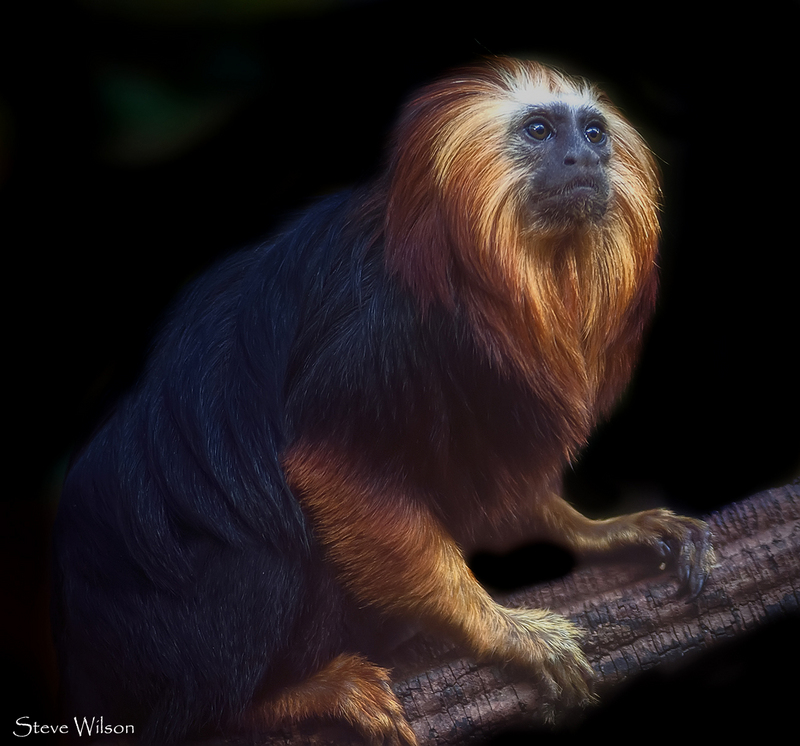|
| Query: Lion | Result: 532nd of 2313 | |
golden-headed tamarin (Leontopithecus chrysomelas)
| Subject: | golden-headed tamarin (Leontopithecus chrysomelas)
| | Poster: | Wiki Photos (---@---.---)
| |

| Resolution: 1300x1213
File Size: 721857 Bytes
Date: 2011:02:08 12:15:48
Camera: NIKON D200 (NIKON CORPORATION)
F number: f/2.8
Exposure: 1/250 sec
Focal Length: 1250/10
Upload Date: 2017:02:27 11:18:05
|
Description
Golden headed Lion Tamarin
Date 8 February 2011, 12:15
Source The most beautiful of Primates https://www.flickr.com/photos/pokerbrit/9221310569/
Author Steve Wilson - over 6 million views Thanks !! from Chester, UK https://www.flickr.com/people/26811962@N05
Source: https://commons.wikimedia.org/wiki/File:The_most_beautiful_of_Primates_(9221310569).jpg
The golden-headed lion tamarin (Leontopithecus chrysomelas), also the golden-headed tamarin, is a lion tamarin endemic to Brazil. It is found only in the lowland and premontane tropical forest fragments in the state of Bahia, and therefore is considered to be an endangered species. Order: Primates, Family: Callitrichidae, Genus: Leontopithecus, Species: Leontopithecus chrysomelas (Kuhl, 1820), Synonyms: Leontopithecus chrysurus I. Geoffroy, 1827
|
Comments |
|---|
| | Guest |
|
Scientific Name: Leontopithecus chrysomelas (Kuhl, 1820)
Common Names: English – Golden-headed Lion Tamarin, Spanish – Tamarino León De Cabeza Dorada
Synonyms: Leontopithecus chrysomela (Kuhl, 1820) [orth. error] |
^o^
Animal Pictures Archive for smart phones
^o^
|
|
|

